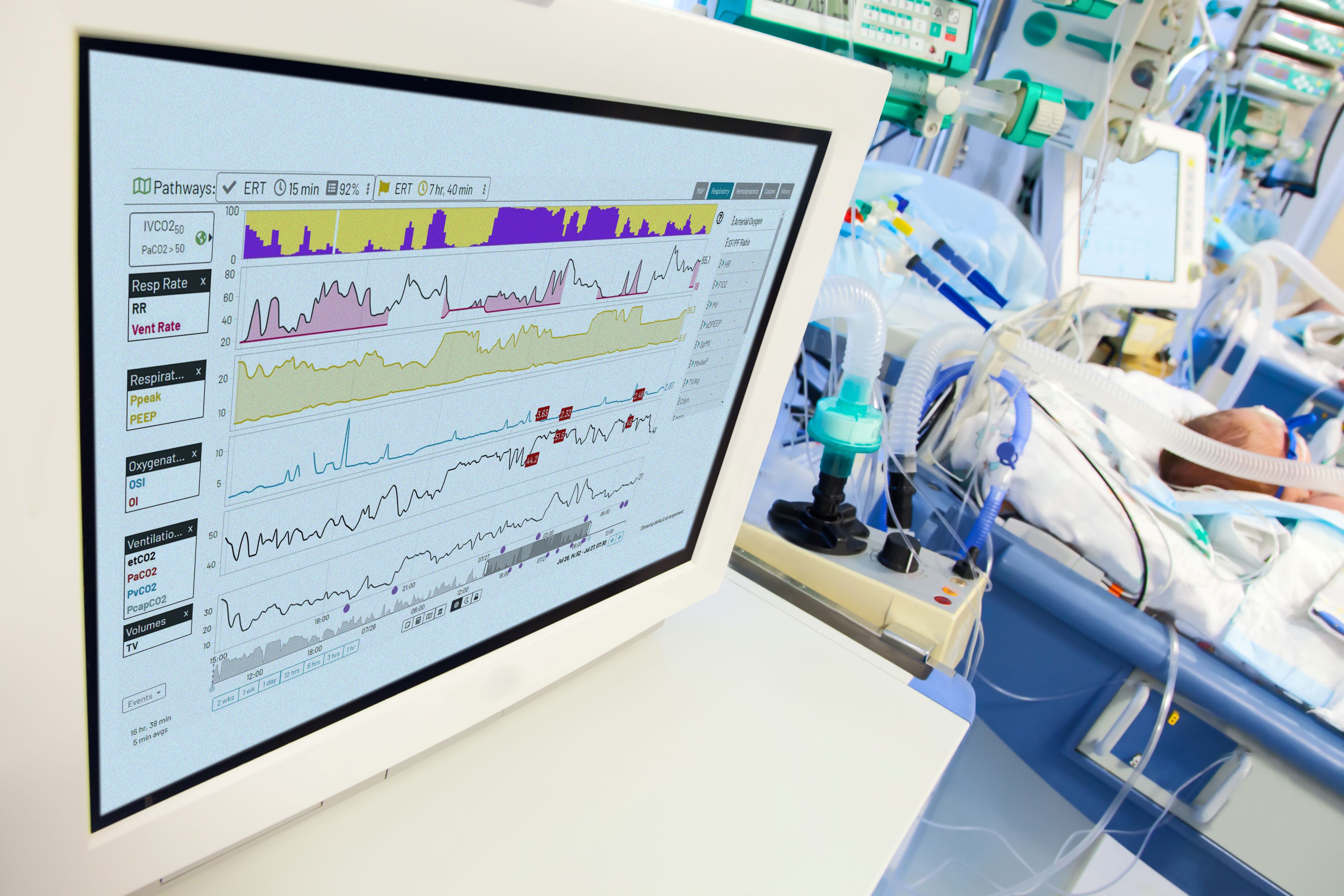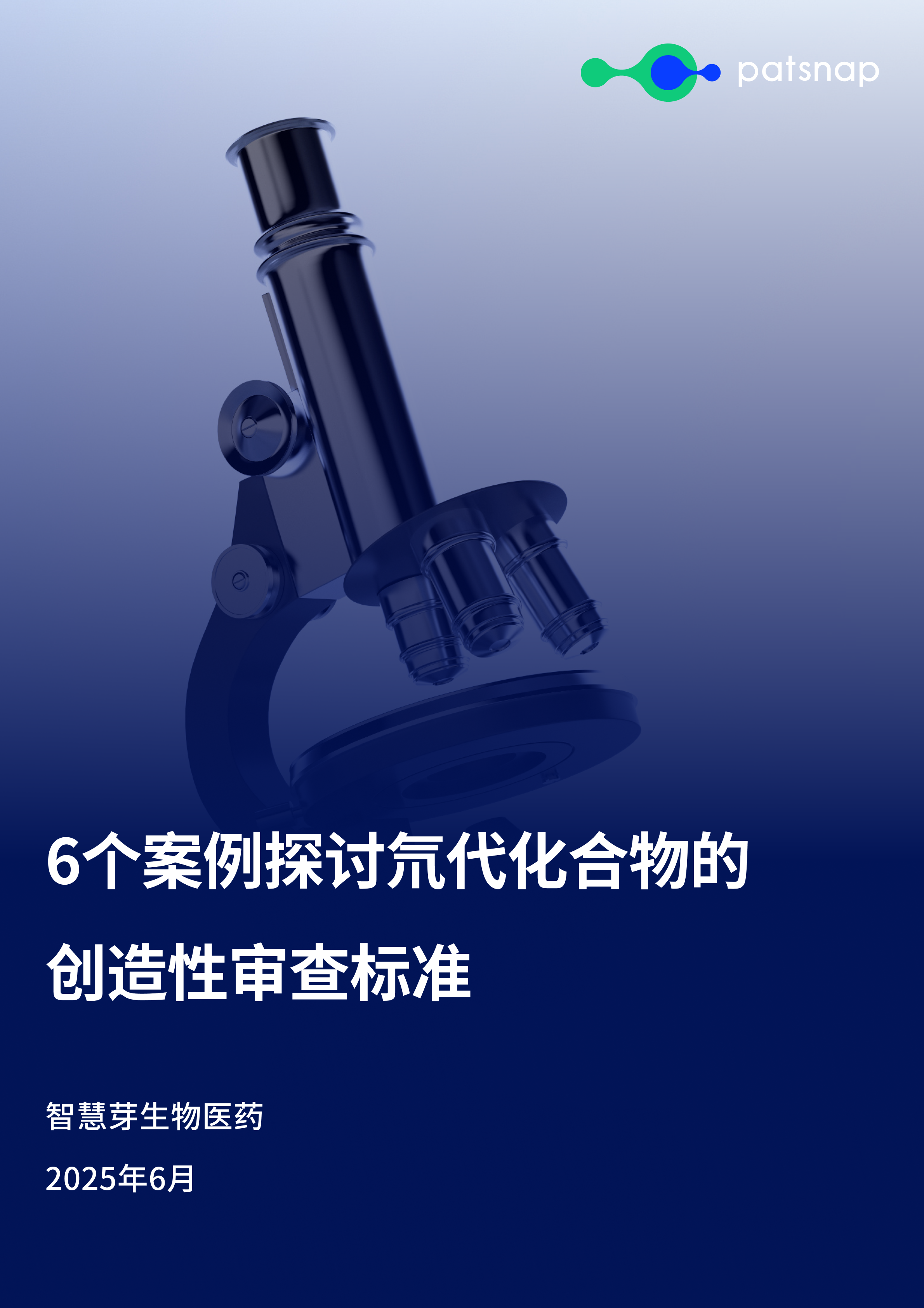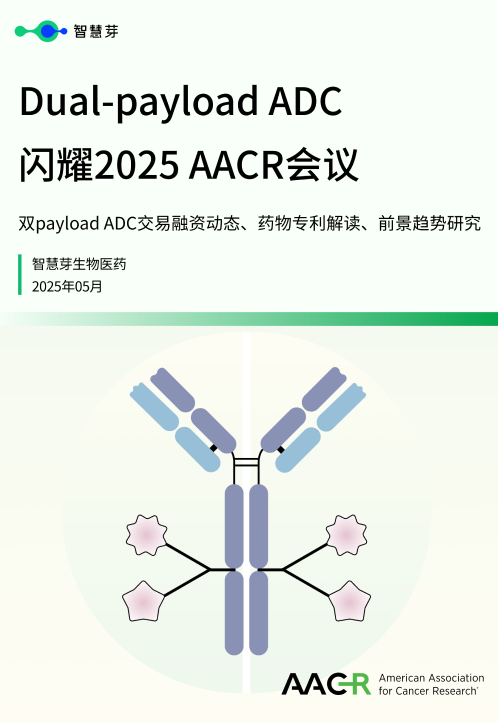预约演示
FDA broadens green light for Etiometry's AI algorithm to spot CO2 risk in NICU
2023-08-02

Preview
来源: FierceBiotech
The IVCO2 index is displayed as a digital readout on Etiometry’s software platform that clinicians can refer to between blood gas tests to keep an eye out for signs of hypercapnia. The index increases in tandem with the risk of inadequate carbon dioxide ventilation—offering a prediction of whether a patient’s partial pressure of carbon dioxide will cross into the danger zone above 50 mmHg.
Nearly four years after securing its initial clearance from the FDA, an algorithm designed to watch for signs of hypercapnia in children in intensive care has broadened its scope.
The IVCO2 Index was developed by Etiometry and named for its goal of detecting the inadequate ventilation of carbon dioxide. It uses artificial intelligence to monitor real-time patient data, sending out an alert if carbon dioxide levels are on track to rise too high in a mechanically ventilated patient, potentially leading to hypercapnic respiratory failure.
The AI algorithm was first cleared by the FDA at the end of 2019, with the agency’s go-ahead to monitor for hypercapnia risk in patients between the ages of 29 days and 12 years who weigh at least two kilograms and are on ventilators in an intensive care unit. That indication was slightly expanded last year, allowing the algorithm to be used from the day a patient was born.
Now, the technology’s brief has stretched even further, as Etiometry announced this week that the IVCO2 Index can now be used on newborns in the neonatal ICU who weigh under two kilograms.
Etiometry said its algorithm can help circumvent some of the current difficulties of monitoring this tiny and especially fragile patient population with standard tools like arterial blood gas testing and transcutaneous monitoring.
The IVCO2 index is displayed as a digital readout on Etiometry’s software platform that clinicians can refer to between blood gas tests to keep an eye out for signs of hypercapnia. The index increases in tandem with the risk of inadequate carbon dioxide ventilation—offering a prediction of whether a patient’s partial pressure of carbon dioxide will cross into the danger zone above 50 mmHg.
“The IVCO2 Index is a first-of-its-kind algorithm that increases the ability to detect hypercapnia risk without needing additional hardware attached to these fragile patients,” Dimitar Baronov, Etiometry’s chief technology officer, said in the announcement. “It allows clinicians to prioritize care for patients who need it most.”
The IDO2 Index has been available for use in pediatric populations in the U.S. since 2016. Like the IVCO2 index, it’s digitally displayed on the Etiometry platform and works by using AI to analyze the vast amounts of patient data continuously collected in the ICU around the clock. In this case, however, the algorithm looks for instances in which the amount of oxygen in a patient’s blood is dropping, with an aim of sending out an alert before it reaches the hypoxic respiratory failure phase.
更多内容,请访问原始网站
文中所述内容并不反映新药情报库及其所属公司任何意见及观点,如有版权侵扰或错误之处,请及时联系我们,我们会在24小时内配合处理。
靶点
药物
-Eureka LS:
全新生物医药AI Agent 覆盖科研全链路,让突破性发现快人一步
立即开始免费试用!
智慧芽新药情报库是智慧芽专为生命科学人士构建的基于AI的创新药情报平台,助您全方位提升您的研发与决策效率。
立即开始数据试用!
智慧芽新药库数据也通过智慧芽数据服务平台,以API或者数据包形式对外开放,助您更加充分利用智慧芽新药情报信息。




